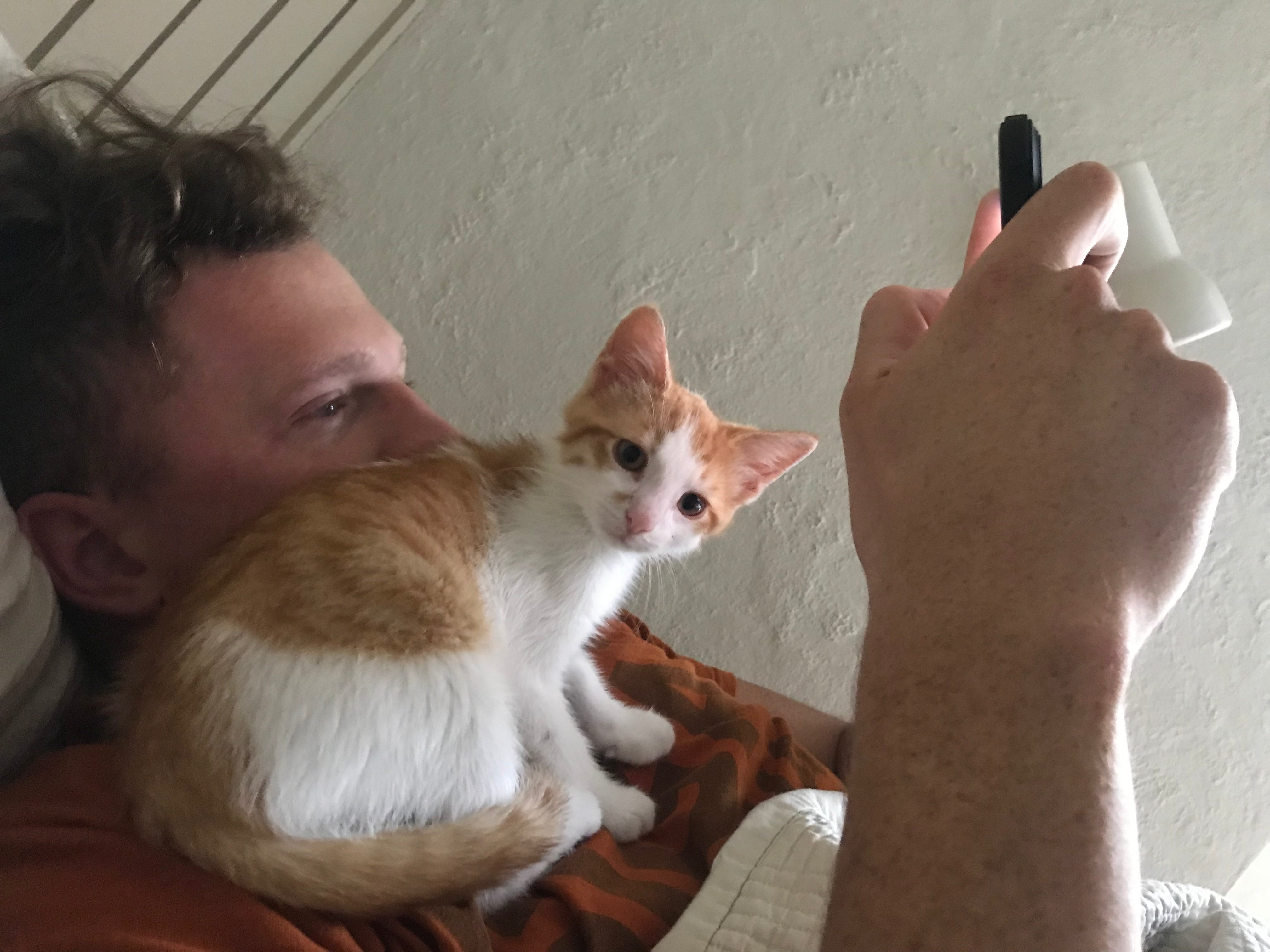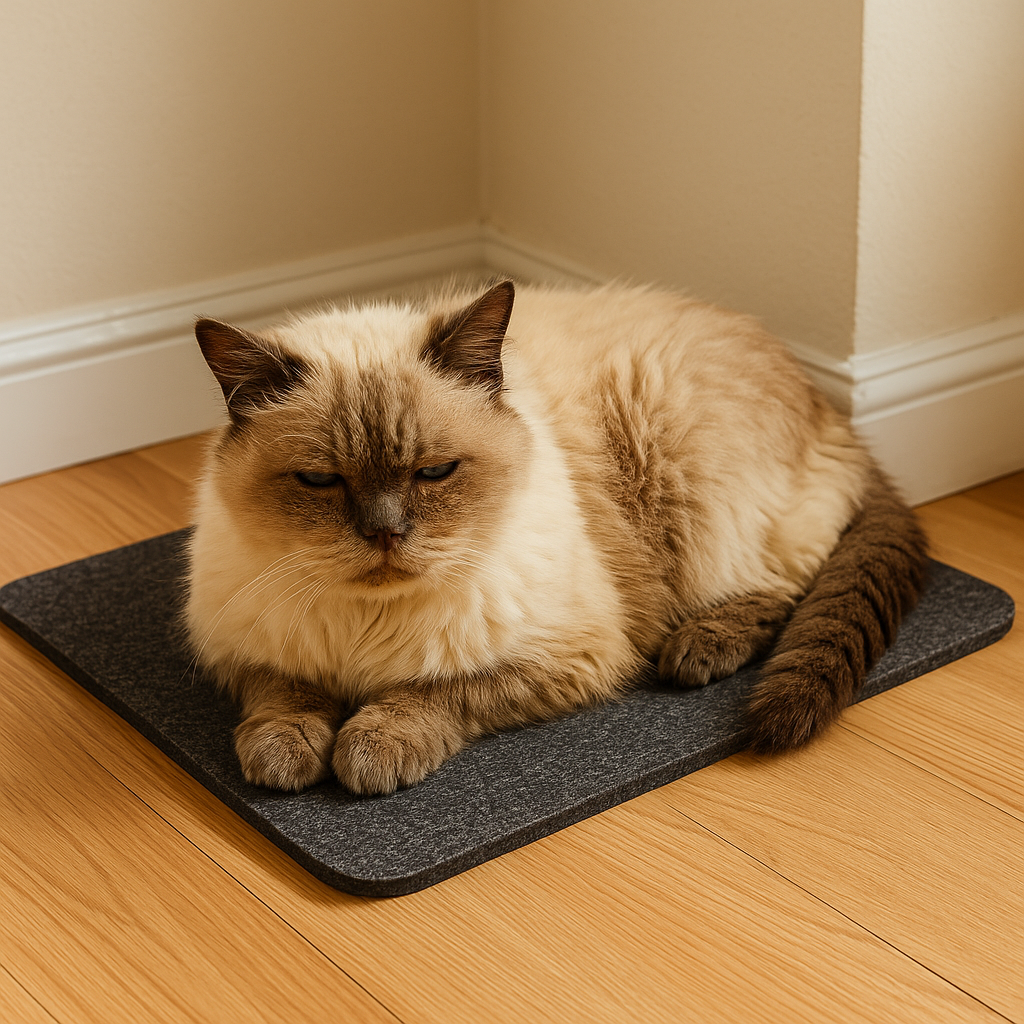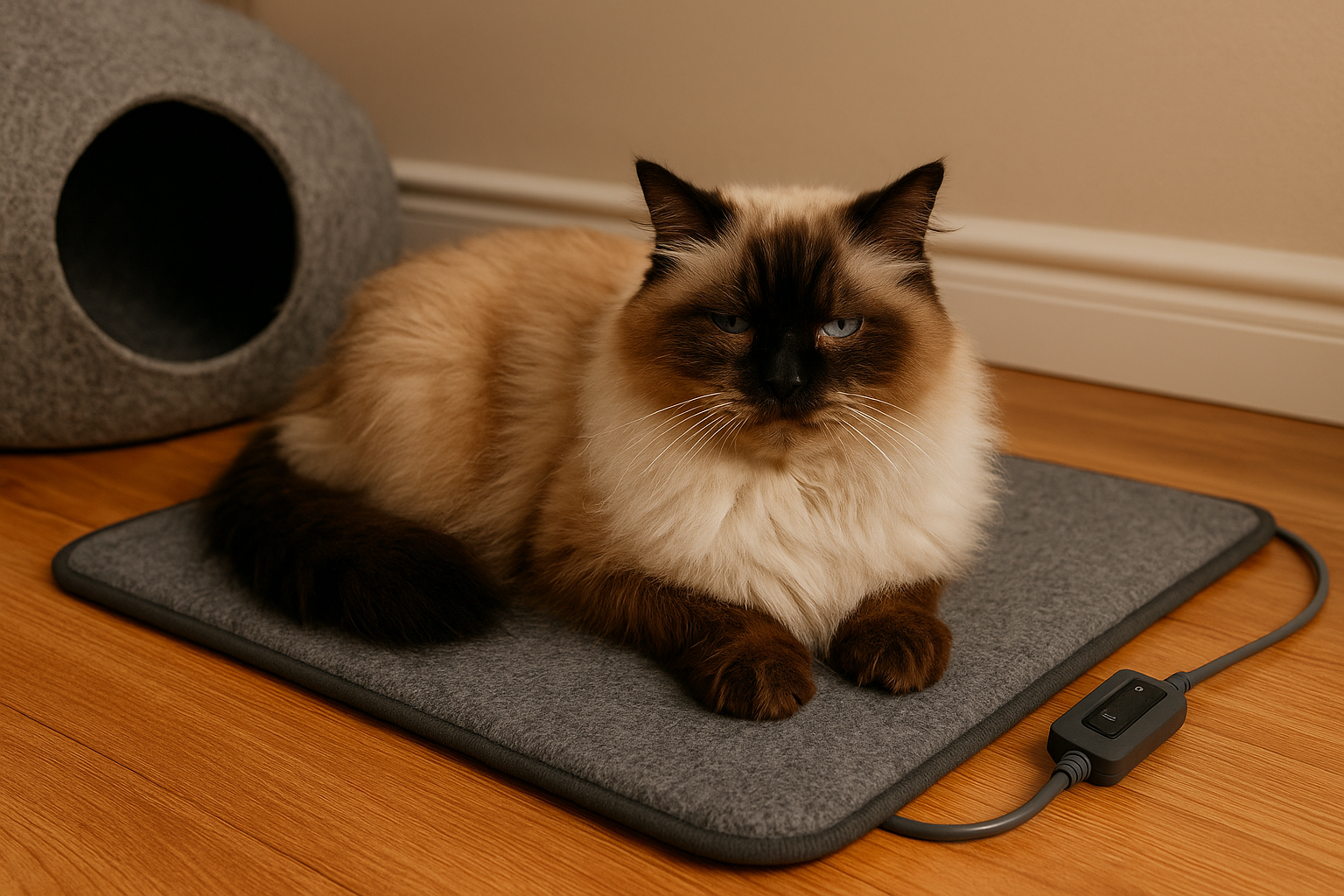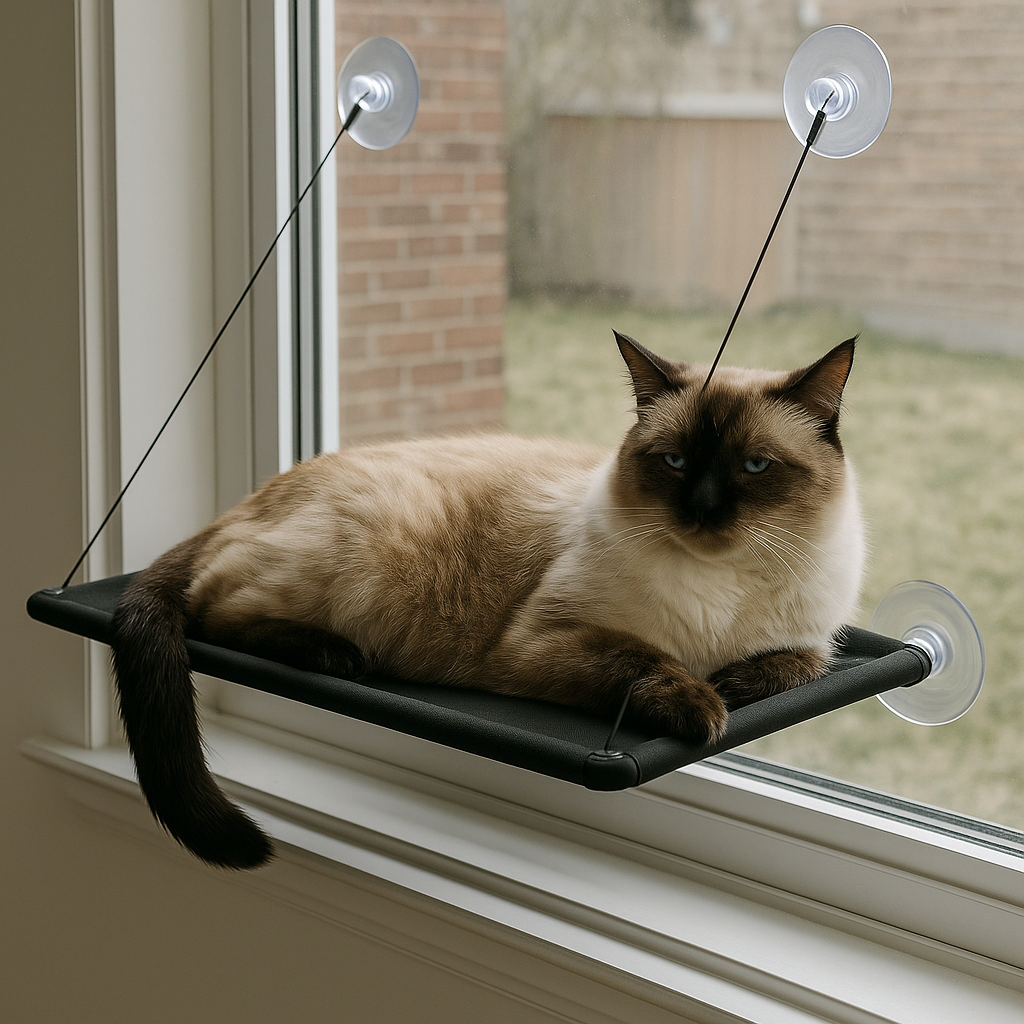Urinary Blockages in Cats 2025: Vet-Approved Causes & Care 🐱🚨
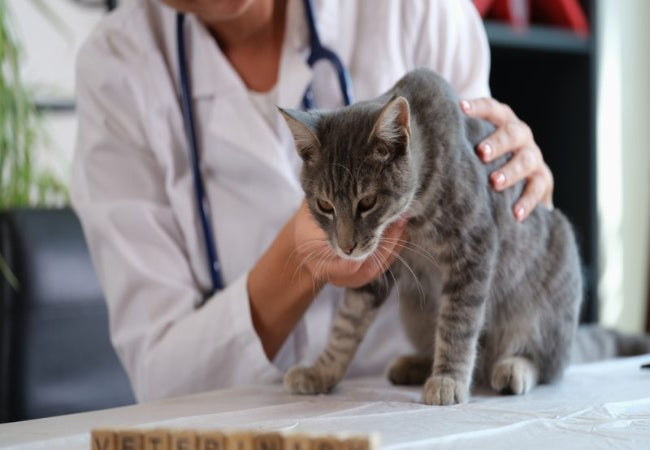
In this article
Urinary Blockages in Cats 2025: Vet-Approved Causes & Care 🐱🚨
By Dr. Duncan Houston BVSc
Introduction
Cats are beloved companions, admired for their playful and cuddly nature. But as a responsible cat owner, it’s important to monitor their health closely. One of the most serious health concerns in cats is a urinary blockage, which can quickly become life-threatening if not addressed promptly.
Understanding the causes, symptoms, and preventive measures of urinary blockages is essential to keeping your cat safe and healthy.
What is a Urinary Blockage in Cats?
A urinary blockage occurs when something obstructs the cat’s urinary tract, preventing them from urinating. This can be caused by:
-
Urinary stones or crystals (struvite or calcium oxalate)
-
Urethral plugs (a mix of mucus, crystals, and cells)
-
Tumors or growths
Male cats are more prone to blockages because their urethra is narrower than that of females, making it easier for obstructions to occur.
Symptoms of a Blocked Cat 🚨
Urinary blockages are medical emergencies. Watch for these signs:
-
Straining to urinate with little or no output
-
Vocalizing in pain while attempting to urinate
-
Frequent trips to the litter box with little success
-
Excessive licking of the genital area
-
Blood in the urine
-
Lethargy or unusual behavior
If you notice any of these symptoms, take your cat to a veterinarian immediately. Urinary blockages can rapidly cause kidney damage or kidney failure.
Diagnosis and Veterinary Care 🩺
When a cat presents with symptoms of a urinary blockage, your veterinarian will likely:
-
Perform a physical examination
-
Conduct blood work and urinalysis to assess kidney function and detect crystals
-
Use ultrasound or X-rays to locate blockages or stones
Prompt diagnosis is critical to prevent severe complications.
Treatment of a Blocked Cat 💉
Treatment depends on the severity of the blockage:
-
Hospitalization and fluids: To help flush the urinary tract and maintain hydration
-
Medications: Pain relief, anti-inflammatories, and sometimes muscle relaxants to ease urination
-
Urinary catheterization: A catheter may be placed to relieve the blockage and flush the urethra
-
Surgery: Required in severe or persistent cases where blockages cannot be cleared naturally
After treatment, cats need careful monitoring to prevent recurrence.
Prevention Tips 🥣💧
Preventing urinary blockages is easier than treating them:
-
Dietary management: Feed a high-quality diet low in magnesium and minerals that contribute to crystals and stones. Specialized urinary diets may be recommended by your vet.
-
Hydration: Ensure your cat has access to fresh water at all times. Wet food can also help increase fluid intake.
-
Regular check-ups: Routine veterinary exams and urinalysis can detect early signs of urinary problems.
-
Reduce stress: Stress can contribute to urinary issues, so provide a calm environment with hiding spots, perches, and enrichment.
Conclusion
A urinary blockage is a serious and potentially life-threatening condition in cats. Recognizing the signs early and seeking immediate veterinary care is crucial for your cat’s survival. Preventing blockages through proper diet, hydration, and regular veterinary care can help keep your cat healthy, happy, and free from painful urinary issues.
With attention and care, you can protect your feline friend from this dangerous condition and ensure a long, comfortable life together. 🐾




